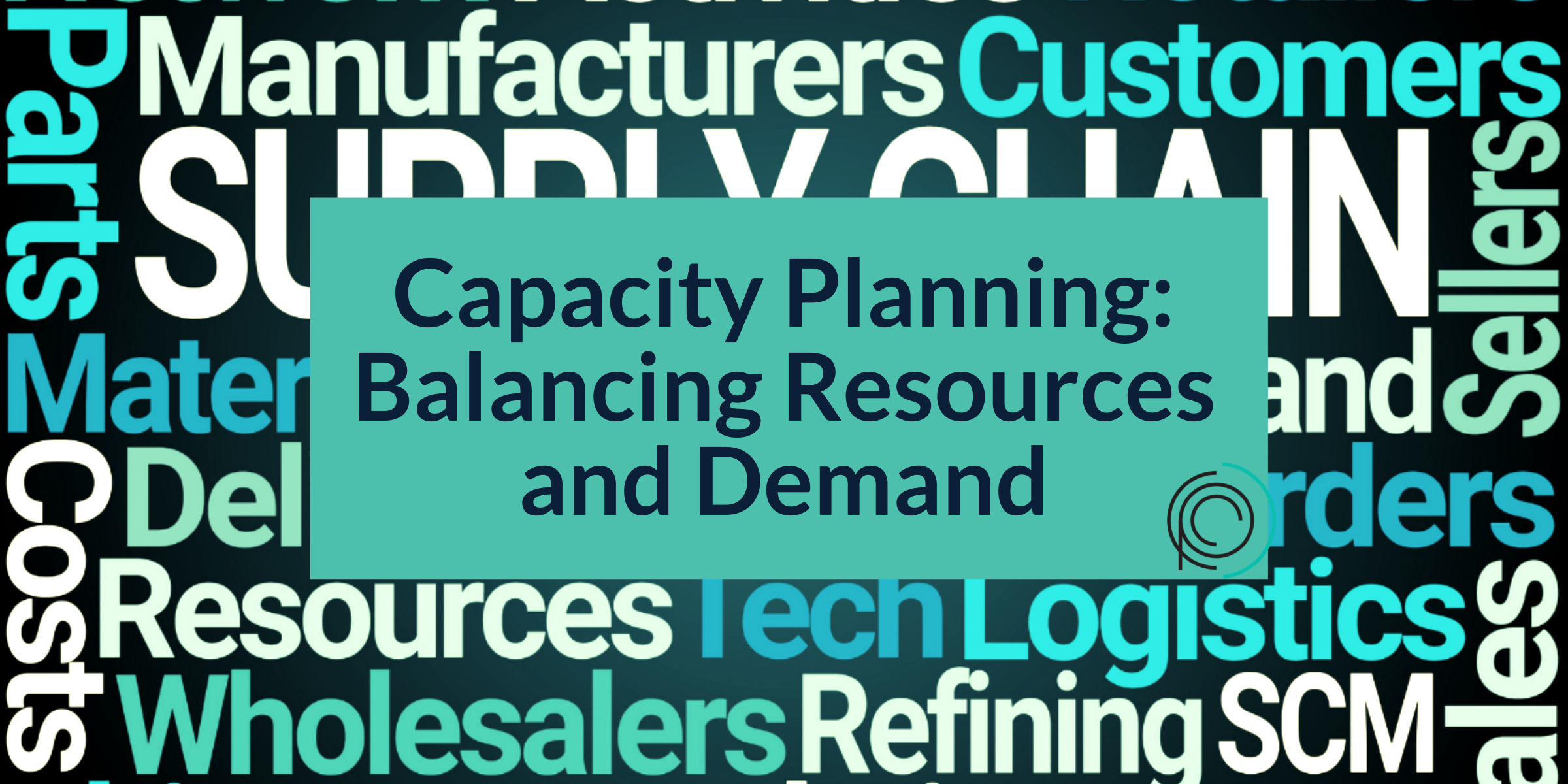What is employee engagement?
Employee engagement is the emotional connection an employee has between their work, their teams, the organization, and its goals. Therefore, it all directly affects their performance and just about every critical aspect of the business, such as revenue, customer experience, employee turnover, etc. Employee engagement creates the right conditions for all employees to perform their best every day and ensures their commitment to their entity’s goals and values. Although dismissed by many, employee engagement greatly impacts an organization’s corporate culture. Employees who feel connected to their entity work harder, stay longer, and motivate others to do the same.
Employee engagement is crucial because it directly affects an organization in various ways. High levels of employee engagement help create a positive and healthy work environment, which results in higher productivity and performance. Engaged employees are also more likely to stay with the company, reducing turnover rates and saving the organization time and resources on recruiting and training new employees.
Moreover, employee engagement has a direct impact on customer satisfaction and retention. Engaged employees are more likely to provide excellent customer service, resulting in increased customer satisfaction and loyalty. They also act as brand ambassadors for the company, promoting its values and mission to potential customers.
In addition to these benefits, employee engagement also contributes to innovation and creativity within an organization. Engaged employees feel valued and empowered, leading them to take initiative and come up with new ideas and solutions for the company’s challenges. This not only improves the organization’s processes but also creates a culture of continuous improvement.
Overall, employee engagement is essential for an organization’s success as it directly impacts its bottom line. By creating a positive work environment, fostering commitment and loyalty, and promoting innovation and creativity, employee engagement can help organizations achieve their goals and thrive in today’s competitive business world. So, it is crucial to invest time and resources into improving employee engagement within an organization. This can be achieved through various strategies such as regular communication, recognition of employees’ efforts, providing growth opportunities, and creating a supportive work culture. By doing so, organizations can reap the numerous benefits of employee engagement and create a thriving workplace for all employees.
Benefits of Employee Engagement
Employee engagement not only benefits the organization but also has a positive impact on employees themselves. Engaged employees experience higher levels of job satisfaction, which leads to improved mental well-being and overall happiness. This, in turn, can lead to better work-life balance and reduced stress levels.
Moreover, engaged employees are more likely to have a sense of purpose and fulfillment in their work. They feel like they are making a valuable contribution to the organization and its goals, which can increase their motivation and job satisfaction.
Employee engagement also promotes professional growth and development. Organizations that prioritize employee engagement often provide opportunities for training, mentorship, and career advancement, leading to a more skilled and engaged workforce.
Additionally, highly engaged employees are more likely to have positive relationships with their colleagues, resulting in better teamwork and collaboration. This can lead to improved communication and problem-solving within the organization.
Employee engagement also has a positive impact on an employee’s physical health. Engaged employees tend to take fewer sick days and have lower rates of absenteeism, which can save organizations money on healthcare and productivity costs.
Employee engagement has numerous benefits for both employees and organizations. By prioritizing and investing in employee engagement, organizations can create a positive work environment, foster commitment and loyalty, promote innovation and creativity, and improve the overall well-being of their employees. This will ultimately lead to increased productivity, customer satisfaction, and organizational success in the long run. Ensure you prioritize employee engagement within your organization to unlock its numerous benefits. It is essential to dedicate time and resources to enhance employee engagement within an organization. This can be achieved through various strategies such as regular communication, recognition of employees’ efforts, providing growth opportunities, and creating a supportive work culture.
What is not employee engagement?
Employee engagement can be easily misunderstood as an employee’s emotional commitment to their entity, not employee happiness, satisfaction, and well-being. While still important, this is different. Employee happiness is something that comes naturally and individually. For instance, a promotion may cause employees to be happy; however, the long hours can change their contentment in a second. Something somewhat similar occurs with employee satisfaction because it is impossible to satisfy all individuals in a workplace. There is always a need for change. Hence, an entity undergoes constant evolution to meet the needs of its employees. Employee well-being is more of an individual issue that the entity cannot do anything about besides providing support if needed and a safe working environment. Although employee happiness, satisfaction, and well-being are essential to an organization’s success, they do not necessarily mean that the employees are fully engaged with the entity.
Employee engagement is a crucial aspect of organizational success. It directly impacts productivity, customer satisfaction, innovation, and employee well-being. By prioritizing and investing in employee engagement through various strategies and initiatives, organizations can create a thriving workplace that benefits both the employees and the organization as a whole. It is not just about making employees happy or satisfied, but rather fostering commitment, loyalty, and continuous improvement within the organization. So, it is crucial to continuously assess employee engagement levels and implement strategies to improve them for long-term success. S
Levels of employee engagement
Employee engagement enhances communication and ensures workers feel prepared to do their job, which is fundamental to productivity. In an organization, one can find four different levels of employee engagement: highly engaged, moderately engaged, somewhat disengaged, and disengaged. All four levels impact the organization, although some more than others. An entity needs a balance between the top level and the lower levels of the pyramid to maintain productivity. Without the upper level, an entity would not be able to produce much innovation. However, without the lower level, the upper level would be overwhelmed with their productivity.

Benefits of employee engagement and its drivers High employee engagement levels increase employees’ effort, making them want to go above and beyond doing their job. Increased employee productivity goes hand-in-hand with plenty of other benefits brought to an entity by employee engagement. The implementation of higher employee engagement also brings higher levels of employee retention, increased customer satisfaction, and better health for employees. In order to achieve all those benefits, entities need to establish the best drivers of employee engagement. The most well-known are:
- Motivating work – Employees want challenging jobs that keep them engaged
- Inspirational teams and leaders – Employees want to work for teams and leaders that put people first
- Commitment to the organization – Employees want to work in an organization built for success
Once an entity has initiated these drivers, it is time to put them into practice. Institutions have to begin reaffirming areas of strength. Although there is always room for improvement, it is always good to highlight strengths. Tie engagement efforts to business outcomes by making everyone feel appreciated. But most importantly, make the engagement a strategy, not an activity, because engagement has to be addressed to improve. So, what now?
Employee engagement has grown in importance over the past year, as individuals have transitioned from in-person to remote environments. Thus, driving a disconnect between employees and the entity and also among employees. Newly hired employees did not have the opportunity to meet their co-workers in a ‘normal’ manner, which generated isolation. As the workplace transitioned to remote environments, employee engagement increased because frequent communication and feedback between employees and their entity became more of a requirement rather than an option. Entities with higher employee engagement are more likely to survive during tough times. As seen during the COVID-19 pandemic, many enterprises were without a good backbone of employee engagement and went bankrupt or suffered high amounts of profit losses. Our current situation has shined the spotlight on employee engagement and its crucial involvement in businesses, organizations, and entities.
In order to truly succeed in implementing employee engagement, the company has to genuinely care about its employees. Employee engagement is a process all about learning and evolving. If a company chooses to ignore employee engagement, your employees will view you more as a stepping stone in their career until they find a better and more permanent option. Therefore, employee engagement sets people up for success. It is a continuous process that requires constant attention and effort. A company should not solely focus on employee engagement when things are going wrong, but instead make it an ongoing priority for long-term success. By prioritizing employee engagement, organizations can create a thriving workplace that benefits both the employees and the organization as a whole.
It is important for organizations to continuously invest in employee engagement through various strategies and initiatives, constantly reassessing and improving them for long-term success. We have dedicated ourselves to helping you improve your business by starting with the easy tasks first – such as strengthening employee engagement. By doing so, organizations can foster commitment, loyalty, and continuous improvement within the organization, creating a positive and thriving workplace for all.
Employee engagement should not be viewed as just a means to increase happiness or satisfaction among employees, but rather as an integral part of overall organizational success and growth. By prioritizing employee engagement, organizations can create a strong foundation for future success and weather any challenges that may come their way.
In conclusion, employee engagement is not just a buzzword or a passing trend, but rather an essential aspect of organizational success. It goes beyond just keeping employees happy, but also drives productivity, innovation, and overall business growth. By understanding the different levels of employee engagement and implementing effective drivers, organizations can create a thriving workplace culture that benefits both the employees and the organization as a whole. Prioritizing employee engagement should be an ongoing effort for long-term success in today’s ever-changing business landscape.
To learn more about the importance of employee engagement and how to improve it, check out our other resources on our blog and resource pages.







